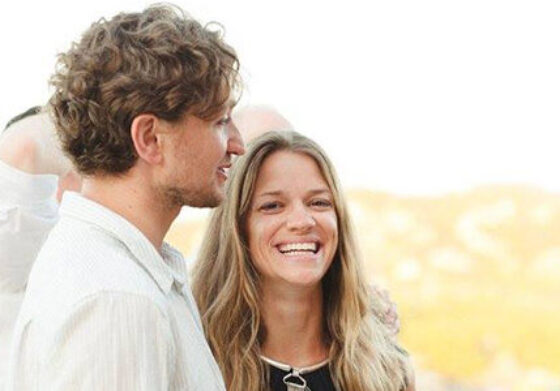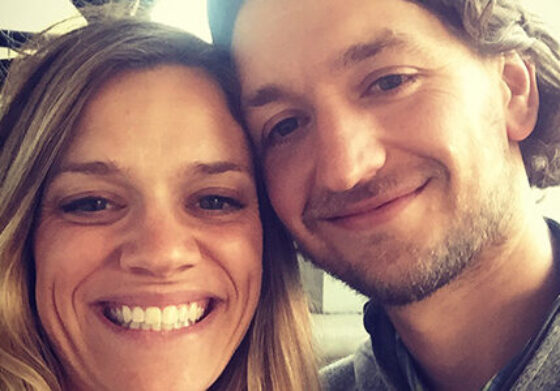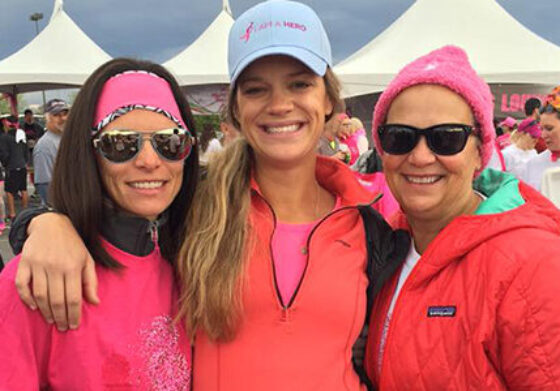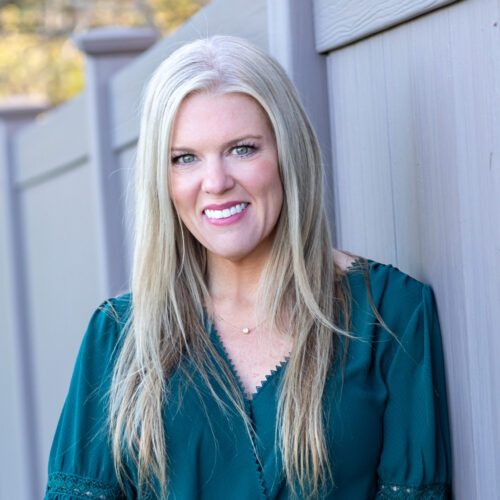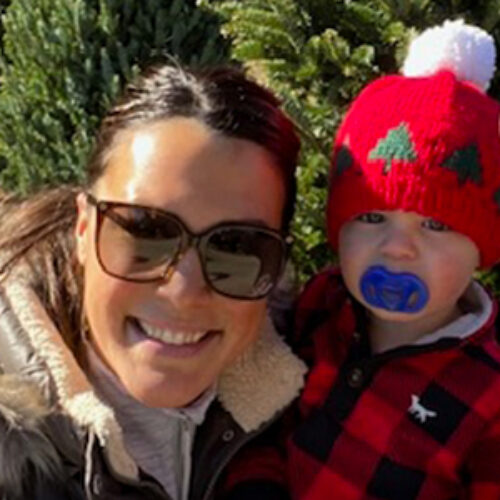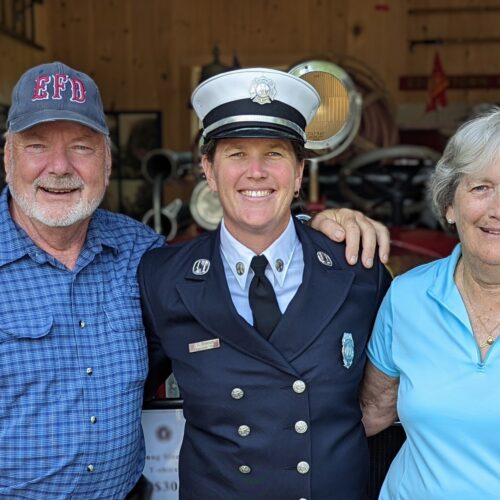It started with a “wound.” I was 31 and breastfeeding, and my nipple was becoming deteriorated. The price you pay, right? I had always been proud of my breasts, and the nipple change was not working for me.
When I became pregnant with my second child, I went for a routine prenatal check. My regular obstetrician was gone that week so I saw another doctor in the practice, and pointed out that my nipple was still painful and sensitive a year and a half after breastfeeding. The doctor told me that the weird-looking nipple was a wound, and referred me to a wound specialist. I thought that was strange, but also figured he knew about these kinds of things.
For the next routine check-up a month later, I saw my regular OB. She looked at my breast and immediately referred me to a breast surgeon for a biopsy. I was originally told that I would have to wait 3 weeks for an appointment – luckily they were able to move people around to fit me in sooner. A few days after the biopsy, I received a phone call. I had breast cancer.
The official diagnosis was Paget Disease – a rare form of breast cancer. The doctor wanted to do more testing before we decided on treatment. In the waiting room at the Women’s Breast Clinic, I was the youngest person by many, many years. The ultrasound of my breast seemed clear, but my doctor was still concerned – this type of cancer is almost always associated with additional tumors.
We decided to do a mastectomy to be safe. During the surgery they found two additional tumors, but they were able to remove them and declared me cancer-free. If the cancer had been found any later, the possibility of it spreading to my lymph nodes would have been much higher, and much harder to treat.
When I entered my late twenties, I became more health-conscious. I was starting a family and wanted to be there for my kids, which meant taking care of myself by becoming more active and eating healthier.
“Knowing my body’s normal and having a great relationship with my doctor were two key factors for my early diagnosis.”
After my cancer diagnosis, I wanted an explanation. I did genetic testing to see if I could find out why this happened to me – but tested negative for the BRCA1 and 2 genes, as well as all 15 genetic mutations they screened for. So it wasn’t because of my genes, and it wasn’t because of my fitness level or nutrition. There just wasn’t an explanation.
Cancer forced me to re-prioritize my life, and take the whole process one step at a time. I am glad I took my “weird nipple” seriously, and that my doctor was proactive in sending me for testing. Knowing my body’s normal and having a great relationship with my doctor were two key factors for my early diagnosis.
Symptom
- nipple pain and sensitivity
